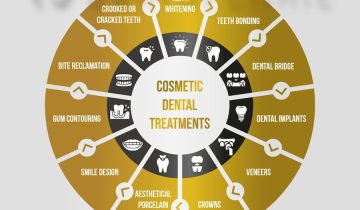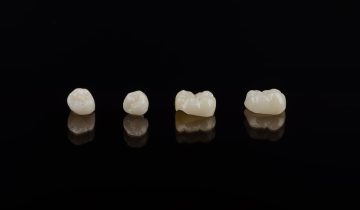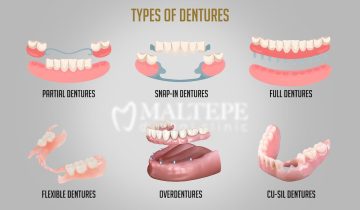Last updated on August 16th, 2023
Veneers vs lumineers? Many patients agree that they should choose one way or the other in their dental treatment. Since they seem very similar to cosmetic dentistry treatments, the questions like “Which one is better, veneers vs. lumineers? Or “Which one is right for my teeth?” arise.
In this post, you will learn a lot about these popular cosmetic dentistry treatments. In addition, similarities, differences. materials and applications will be highlighted to help you make a wiser choice if you ever consider getting veneers or lumineers.
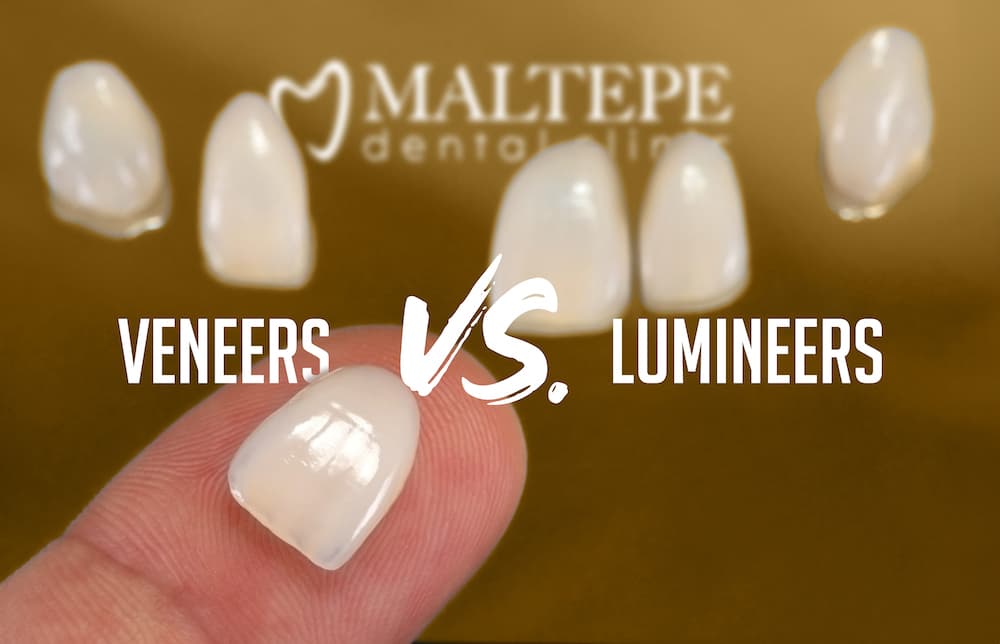
What Are Veneers?
Veneers are thin, dental shells made of porcelain, ceramic, or composite resin material. They are used to restore cosmetic problems such as chipping, misalignment, and discoloration, particularly on the front teeth. In most cases, a thin layer of the tooth is removed, and a veneer is glued on the surface. Cosmetic dentists can customize veneers for their patients, including size, alignment, and color matching, so patients have the most natural-looking teeth possible.
Note that around 0.5 mm (millimeter) of enamel cover is removed from the tooth surface, which makes the procedure irreversible. However, veneer is still considered a minimally invasive cosmetic dental treatment.
Veneers, particularly porcelain ones, are stain resistant. Smoking, beverages, or certain foods don’t spoil the brightness of the teeth. Regular cleaning practices (brushing and flossing) will be enough to maintain the veneers without any further special maintenance requirements.
98.4% of porcelain laminate veneers were still in good condition after 5 years of use according to the study from Quintessence International conducted by Galiatsatos A. Aristidis, Bergou Dimitra in 2002. This result demonstrates that they needed no intervention or extra care, which implies that veneer is an effective and reliable treatment to improve your smile.
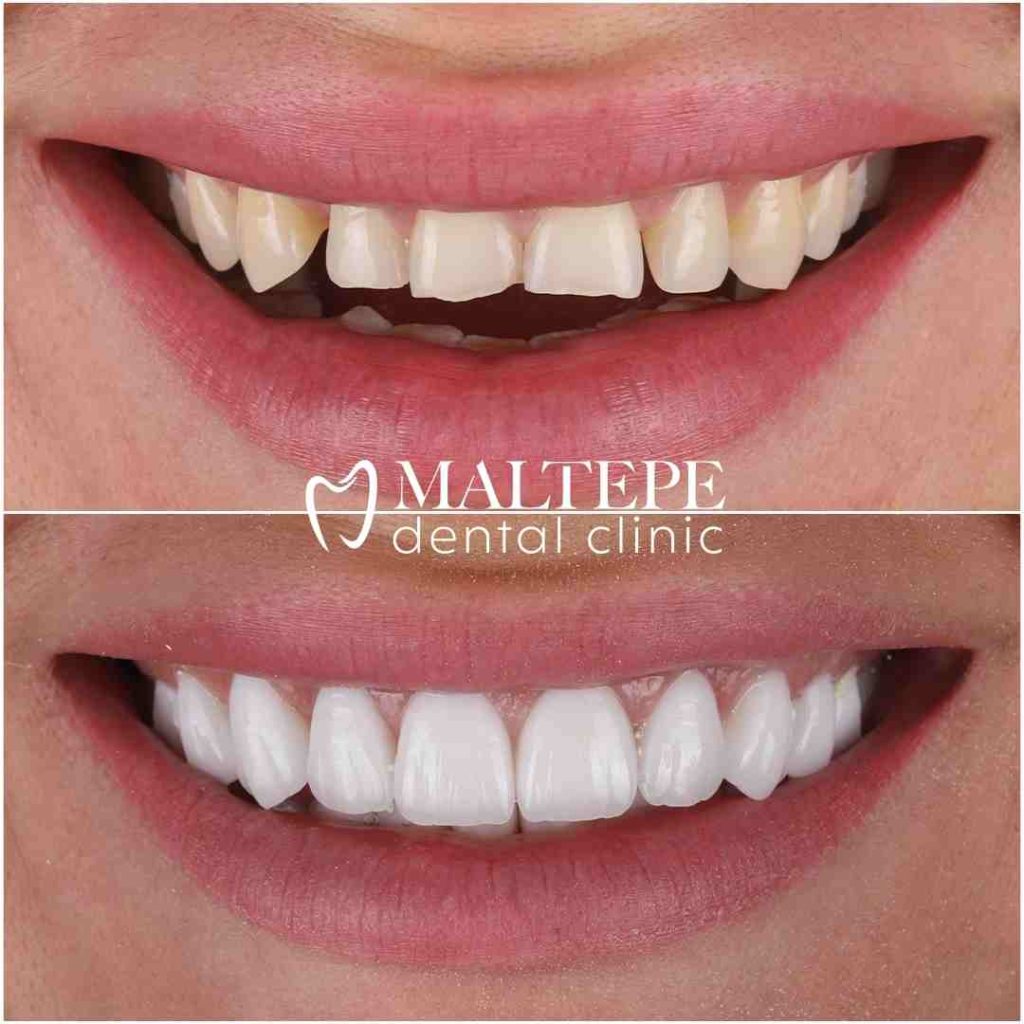
What Are Lumineers?
Similar to veneers, Lumineers are designed to improve the appearance of teeth by covering their front surface. However, what sets Lumineers apart is their unique thinness, typically around 0.2 to 0.3 millimeters, making them one of the thinnest veneer options available.
Due to their thinness, Lumineers often require little to no tooth reduction or drilling before placement. This means that in many cases, the natural tooth structure can remain largely intact, and the process is often reversible.
The procedure for placing Lumineers is typically quicker and less invasive compared to other veneer options, often requiring only two visits to the dentist.
Veneers vs. Lumineers: Similarities
Veneers and Lumineers share several similarities, as both are cosmetic dental treatments aimed at improving the appearance of teeth. Here are the key similarities between veneers and Lumineers:
- Purpose: Both veneers and lumineers are used to beautify a person’s smile, which is achieved by covering the surface of teeth. They are applied to eliminate dental problems such as teeth discoloration, chipped or broken teeth, minor misalignments, and gaps.
- Material: To attain a natural look, both veneers and lumineers are made from porcelain, which is also more resistant to stains. On the other hand, composite resin is another material that can be used for both.
- Custom-made: Both veneers and Lumineers are specially designed for each person to fit his/her smile seamlessly.
- Non-invasive: Compared to other dental procedures like dental crowns, both veneers and Lumineers require minimal tooth reduction during preparation. This makes them less invasive and preserves more of the natural tooth structure. Please find more information by visiting the “Minimal Invasive Dentistry: The Future of Dental Care” blog post.
- Long-lasting: Both veneers and Lumineers offer a more durable and long-lasting solution to improve the appearance of teeth as long as proper care is given..
- Stain-resistant: Both veneers and Lumineers ensure high durability to stains caused by food and drinks in time. Especially porcelain ones are more resistant to staining caused by smoking.
- Boosts confidence: Veneers and Lumineers both help gain back the confidence in smiling, which increases self-esteem, too.
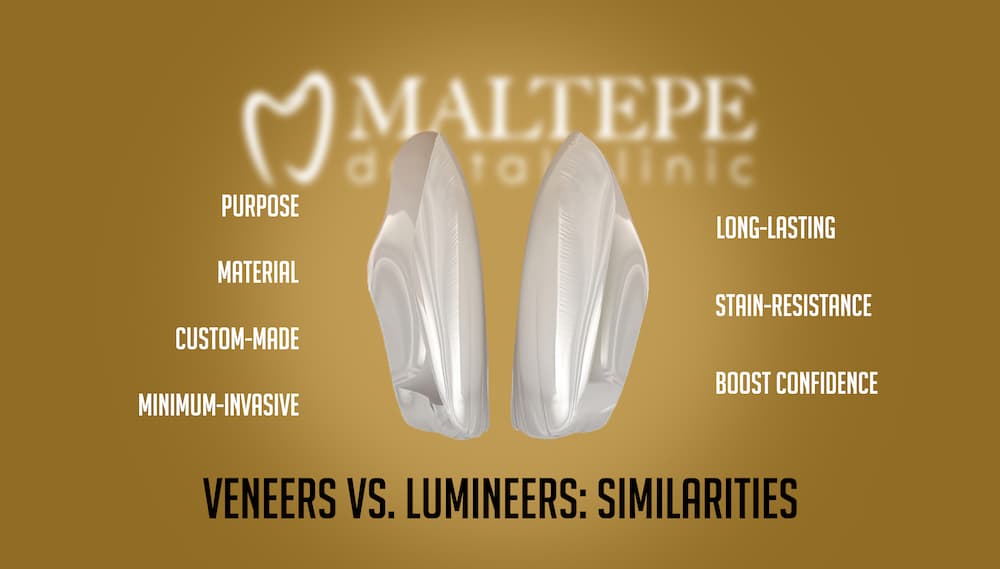
While veneers and Lumineers are similar in many ways, there are crucial differences between the two treatments, especially when it comes to the thickness and preparation periods.
Veneers vs. lumineers: Differences
Here are the key differences between veneers and Lumineers:
- Thickness: With a thickness of around 0.2 to 0.3 millimeters, lumineers are much thinner than Veeners.
- Tooth preparation: While the tooth is prepared for the application of veneers, some enamel removal is needed for the perfect fit of the treatment as the dentist needs to shave or reshape the tooth for a more natural look. On the other hand, lumineers require little or no preparation. Even, the dentist may need to apply local anesthesia, where the patient does not feel any pain, though.
- Application process: The application of traditional veneers requires two visits. On the first visit, the dentist prepares the teeth where takes impressions, and places temporary veneers. On the second visit, custom and permanent veneers are bonded to the teeth. Lumineers, on the other hand, can be applied in a single visit, where the dentist takes impressions and bonds the custom lumineers.
- Versatility: While veneers are applied for more serious dental issues such as misalignment, discoloration, and damage, lumineers are usually preferred to improve the look of teeth. Therefore, veneers address more complex dental problems.
- Material options: Veneers and Lumineers are both made of porcelain or composite resin. However, lumineers can be described as more specific veneers in the form of ultra-thin Cerinate porcelain.
- Durability: Veneers and Lumineers both can last up to 20 years due to the strong material they are made of. However, as they are thicker than the lumineers, veneers may only slightly last longer than lumineers.
- Cost: Traditional veneers cost somewhere between $925 and $2,500 per tooth. Lumineers cost somewhere between $800 and $2,000 per tooth. There are many factors in pricing such as insurance plan, the materials used, the location you receive the treatment or other treatments you receive, etc.
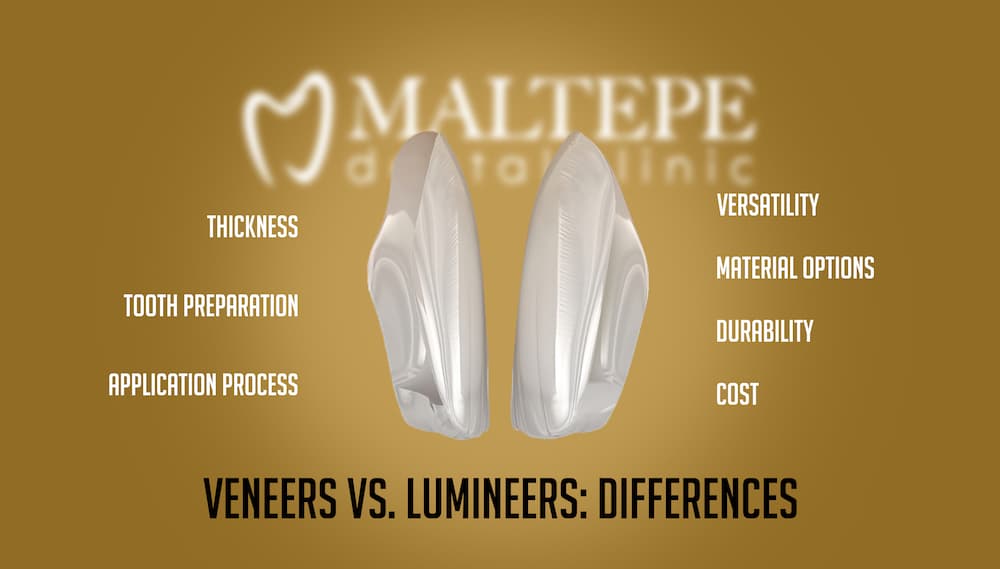
Lumineers or Porcelain Veneers: Which Is Right For You?
Having read until here, you might have already made your mind clear about veneers vs lumineers. However, in many cases, it is not up to the patient to choose due to the teeth condition and smile design requirements. Therefore, you should always see your dentist before making your final decision. By consulting with a dental professional, you can better understand the current condition of your teeth and evaluate the stock of all options on the table. Also, dental clinics can explain the details about pricing, payment, and insurance.
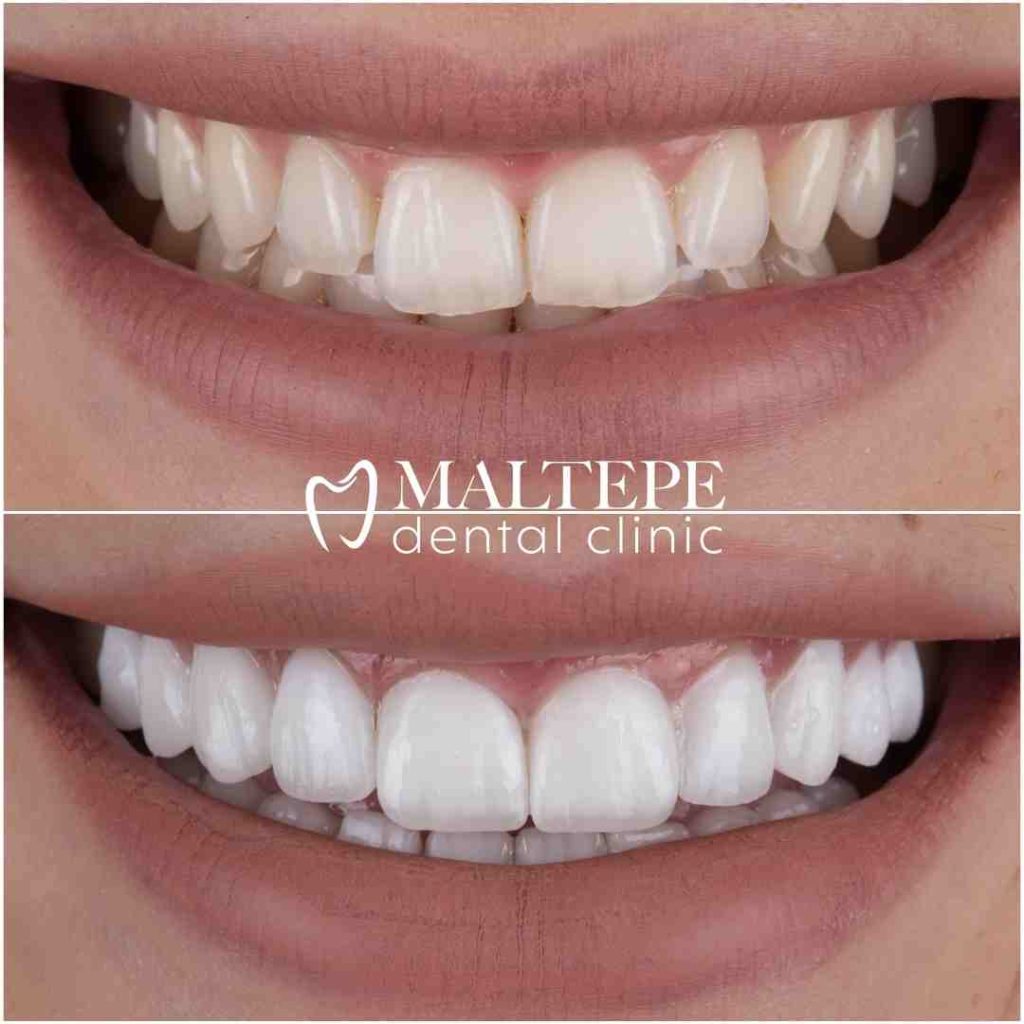
FAQs about Veneers and Lumineers
Is It Possible To Remove Lumineers And Return To The Original Teeth?
Yes, it is possible to remove Lumineers if you change your mind later. However, the removal procedure should be performed by a professional.
What Is The Reason For The Higher Cost Of Porcelain Veneers Compared To Lumineers?
The basic reason for the higher cost of porcelain veneers compared to Lumineers is the preparation work (removing a thin layer from the tooth surface) required before placing the veneers.
What are the Best Dental Veneer Brands?
There are several dental veneer brands popular among dentists and patients alike such as Empress and Emax Veneers, DuraThin or MAC Veneers. The best brand for a patient often depends on the specific needs, preferences, and the dentist’s expertise. You can read the “Top 7 Dental Veneer Brands” blog post for more information.
How to Look After Veneers and Lumineers?
Caring for veneers and Lumineers is quite similar to caring for your natural teeth. Regular brushing and flossing, avoiding staining foods and beverages, avoiding biting hard objects, and wearing a mouth guard (nightguard) will be sufficient for looking after veneers and lumineers. You can read the “How Do I Look After My Veneers?” blog post for more information.
Are Lumineers the Same as Composite Veneers?
Lumineers and composite veneers are not the same. Lumineers are a brand of ultra-thin porcelain veneers made from a patented ceramic material. On the other hand, composite veneers are made from resin composite material, applied directly to the teeth in layers, and sculpted on-site by the dentist.



